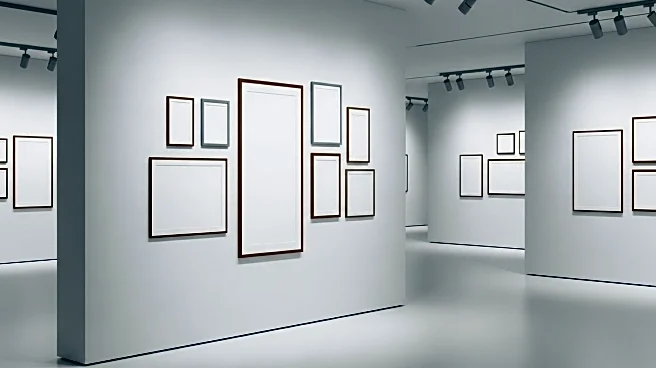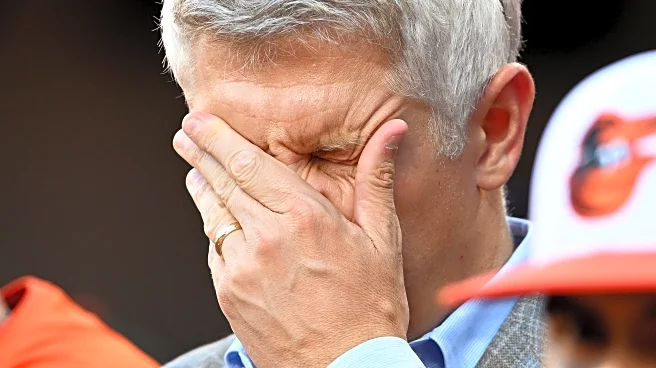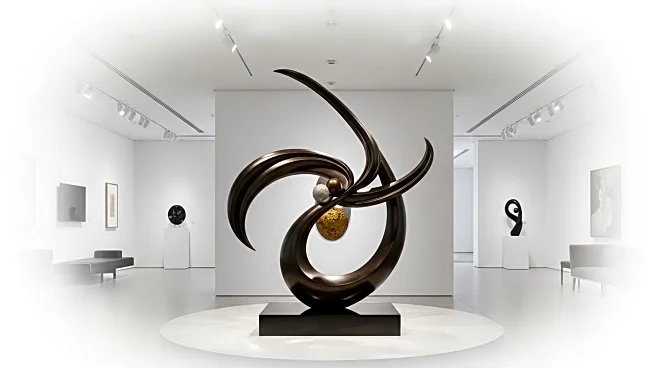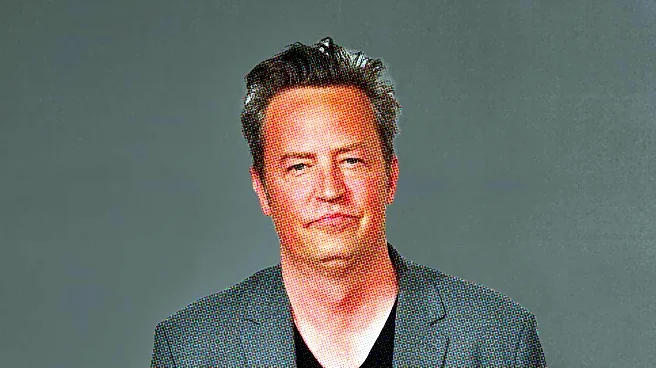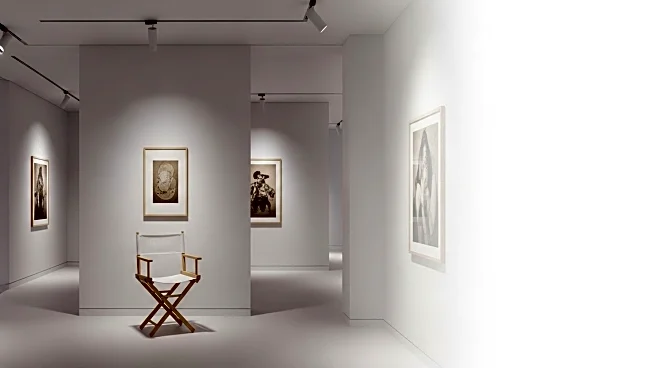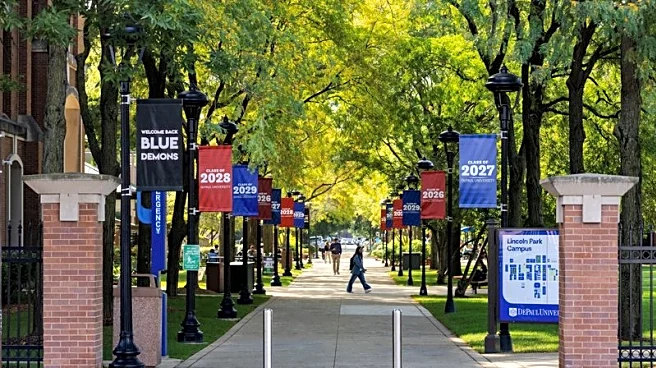What is the story about?
What's Happening?
Glenn Lowry, who recently concluded his 30-year tenure as the director of the Museum of Modern Art (MoMA) in New York, is embarking on new ventures in the art world. During his leadership, Lowry oversaw significant expansions and a merger with PS1 in Queens, while also increasing the museum's endowment from $200 million to $1.7 billion. In a recent podcast interview, Lowry discussed his future plans, which include advisory roles at the Islamic Arts Biennale in Jeddah, Saudi Arabia, and the Kiran Nadar Museum of Art in Delhi. He also plans to deliver a series of lectures at the Louvre in Paris, focusing on reimagining the role of museums in the 21st century. Lowry's successor at MoMA is Christophe Cherix, the museum's chief curator of drawings and prints.
Why It's Important?
Lowry's transition marks a significant moment for MoMA and the broader art community. His leadership has been pivotal in shaping MoMA into a leading cultural institution, and his departure opens a new chapter for the museum under Christophe Cherix. Lowry's continued involvement in the art world, particularly in advisory roles in the Middle East and India, highlights the growing global interconnectedness of cultural institutions. His lectures at the Louvre suggest a push towards innovative thinking in museum management, which could influence future museum practices worldwide. This shift may impact how museums engage with audiences and adapt to contemporary challenges, such as maintaining tax-exempt status and responding to board member controversies.
What's Next?
As Lowry steps into his new roles, the art world will be watching how his influence extends beyond MoMA. His advisory positions in Jeddah and Delhi could foster cross-cultural collaborations and bring new perspectives to these institutions. The upcoming lecture series at the Louvre may inspire museum professionals to rethink traditional models and embrace more dynamic, inclusive approaches. Meanwhile, MoMA, under Cherix's leadership, will likely continue to evolve, potentially exploring new directions in curation and public engagement. The broader museum community may also look to Lowry's strategies for navigating institutional challenges as they face similar issues.
Beyond the Headlines
Lowry's career shift underscores the evolving nature of museum leadership and the importance of adaptability in cultural institutions. His focus on the Middle East and India reflects a recognition of the region's burgeoning cultural scene and the potential for growth in these areas. This move may encourage other Western institutions to seek partnerships and exchanges with non-Western counterparts, promoting a more diverse and inclusive global art dialogue. Additionally, Lowry's emphasis on reimagining museums could lead to long-term shifts in how these institutions operate, potentially prioritizing sustainability, digital engagement, and community involvement.
AI Generated Content
Do you find this article useful?
